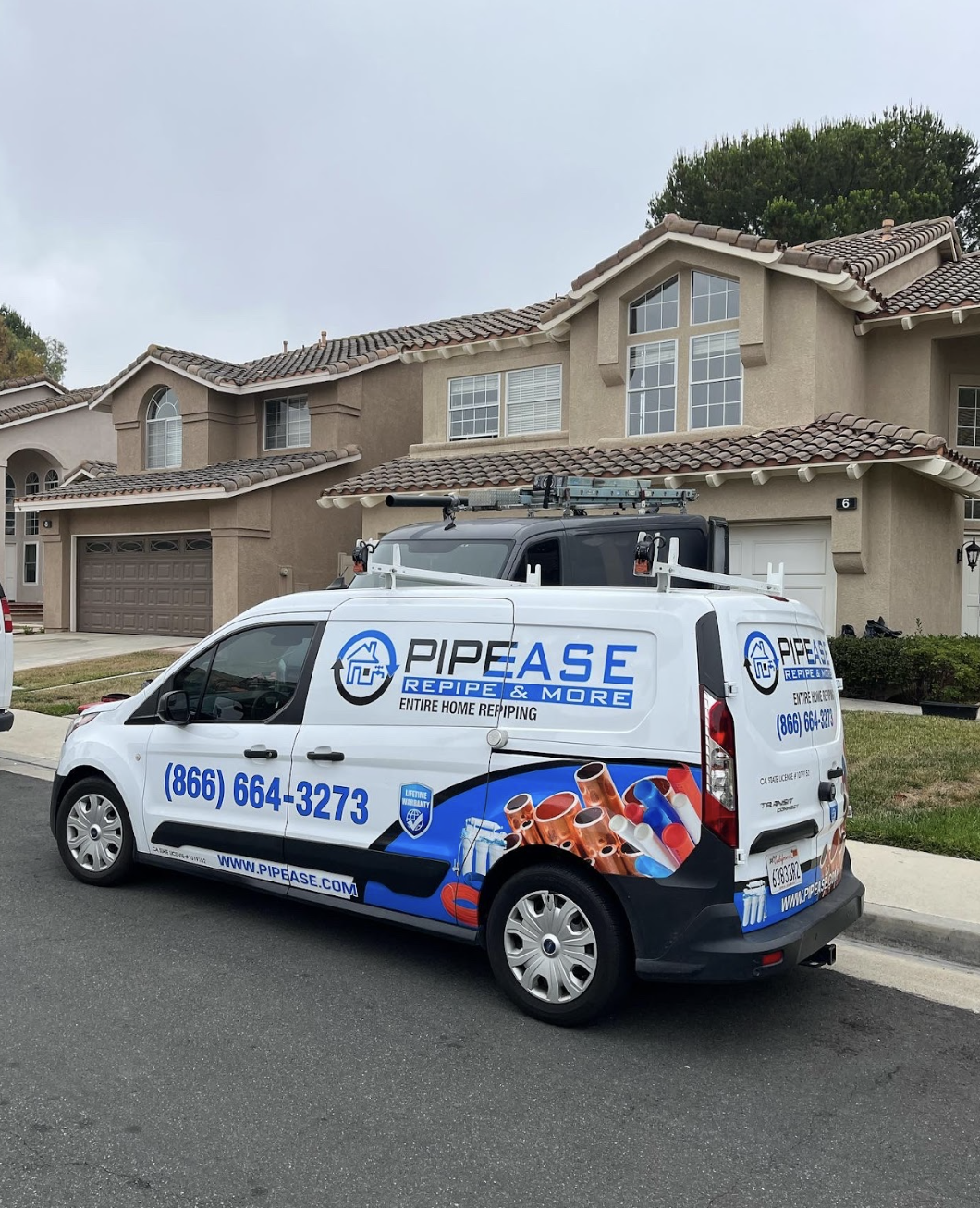Repiping your home is a significant undertaking, but with proper planning and consideration, it can be a smooth and rewarding process. In this beginner-friendly post, we’ll explore some essential factors to consider during a repipe, helping you navigate the process with confidence and ease.
Assessment of Existing Plumbing:
Before beginning a repipe project, it’s crucial to assess the condition of your existing plumbing system. A licensed plumber can conduct a thorough inspection to identify any issues such as leaks, corrosion, or inadequate pipe sizing. Understanding the state of your plumbing system will help determine the scope of the repipe and guide decisions about materials and installation methods.
Material Selection:
Choosing the right materials for your repipe is key to ensuring a durable and reliable plumbing system. Common materials used for repiping include copper, PEX (cross-linked polyethylene), and CPVC (chlorinated polyvinyl chloride). Consider factors such as budget, water quality, and local building codes when selecting materials, and consult with your plumber to determine the best option for your home.
Scope of Work:
Repiping projects can vary in scope, from replacing a few sections of pipe to upgrading the entire plumbing system. Consider factors such as the age of your home, the extent of existing plumbing issues, and your long-term goals when determining the scope of work for your repipe. A comprehensive repipe may offer greater benefits in terms of reliability and performance, but it also requires careful planning and budgeting.
Budget and Financing:
Repiping is an investment in your home’s infrastructure, and it’s essential to budget accordingly. Obtain quotes from multiple plumbers to compare pricing and ensure you understand the full scope of costs, including materials, labor, and any additional fees. If necessary, explore financing options or payment plans to help manage the upfront cost of the repipe and ensure it fits within your budget.
Timeline and Scheduling:
Repiping projects can take anywhere from a few days to several weeks, depending on the scope of work and other factors such as access to the plumbing system and the size of your home. Discuss the timeline and scheduling with your plumber to ensure minimal disruption to your daily routine and coordinate any necessary accommodations, such as temporary water shut-offs or alternative living arrangements.
Communication with Your Plumber:
Effective communication with your plumber is essential throughout the repiping process. Be sure to discuss your goals, concerns, and expectations upfront and maintain open lines of communication throughout the project. Ask questions, seek clarification on any issues or decisions, and provide feedback as needed to ensure the repipe meets your satisfaction.
Conclusion:
Repiping your home is a significant project, but with careful consideration and planning, it can be a manageable and rewarding endeavor. By assessing your existing plumbing, selecting the right materials, determining the scope of work, budgeting effectively, coordinating scheduling, and communicating openly with your plumber, you can navigate the repiping process with confidence and achieve the desired results for your home!


Add Comment